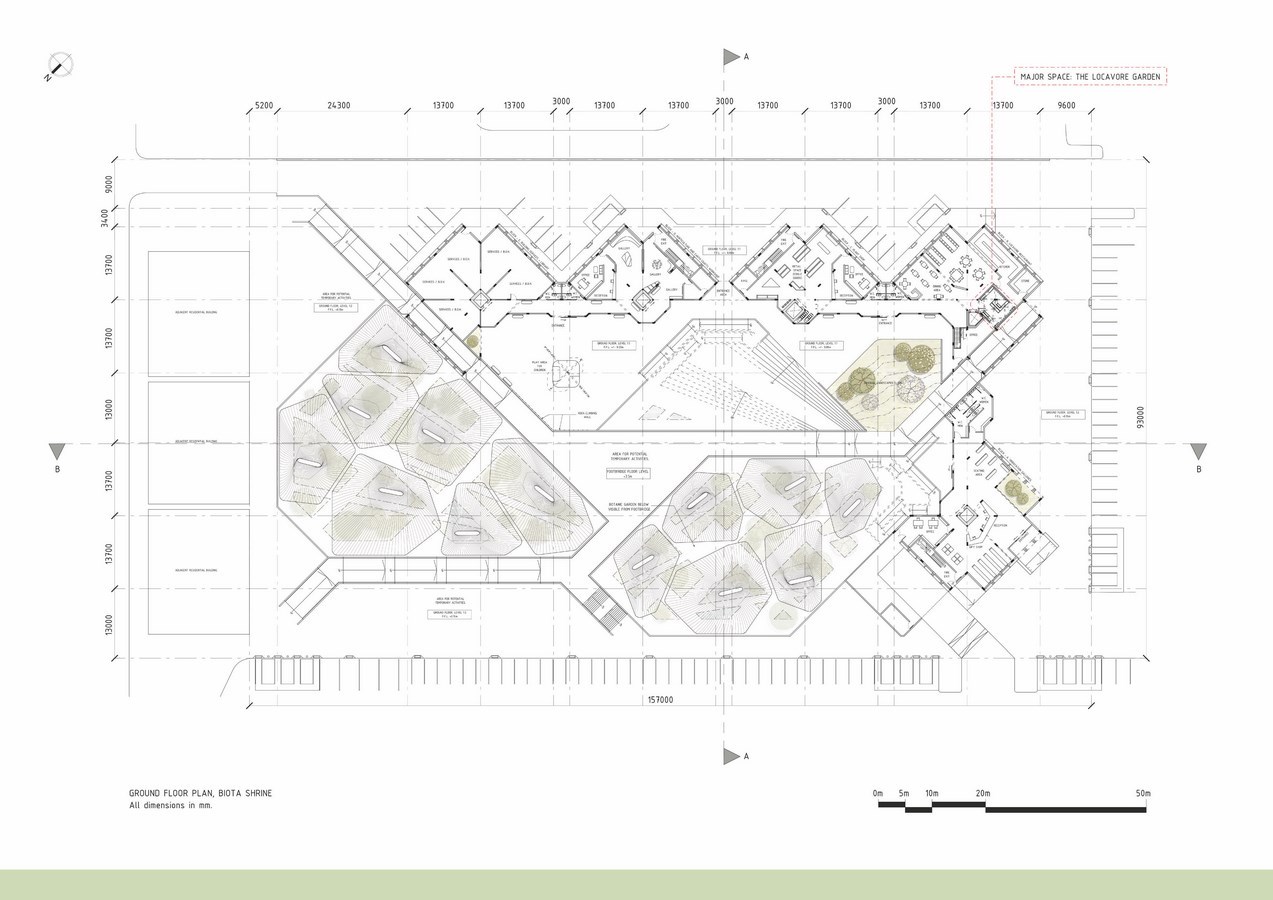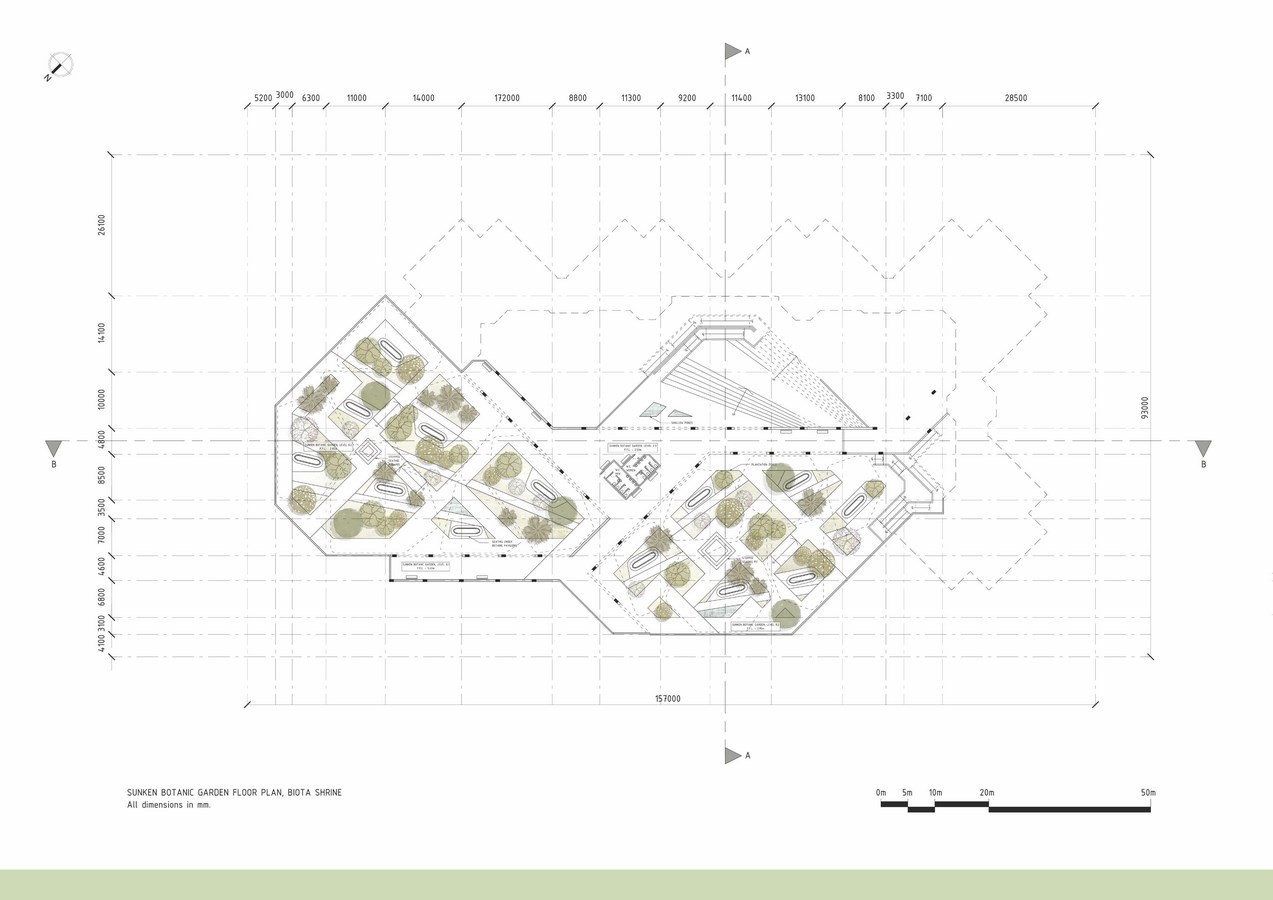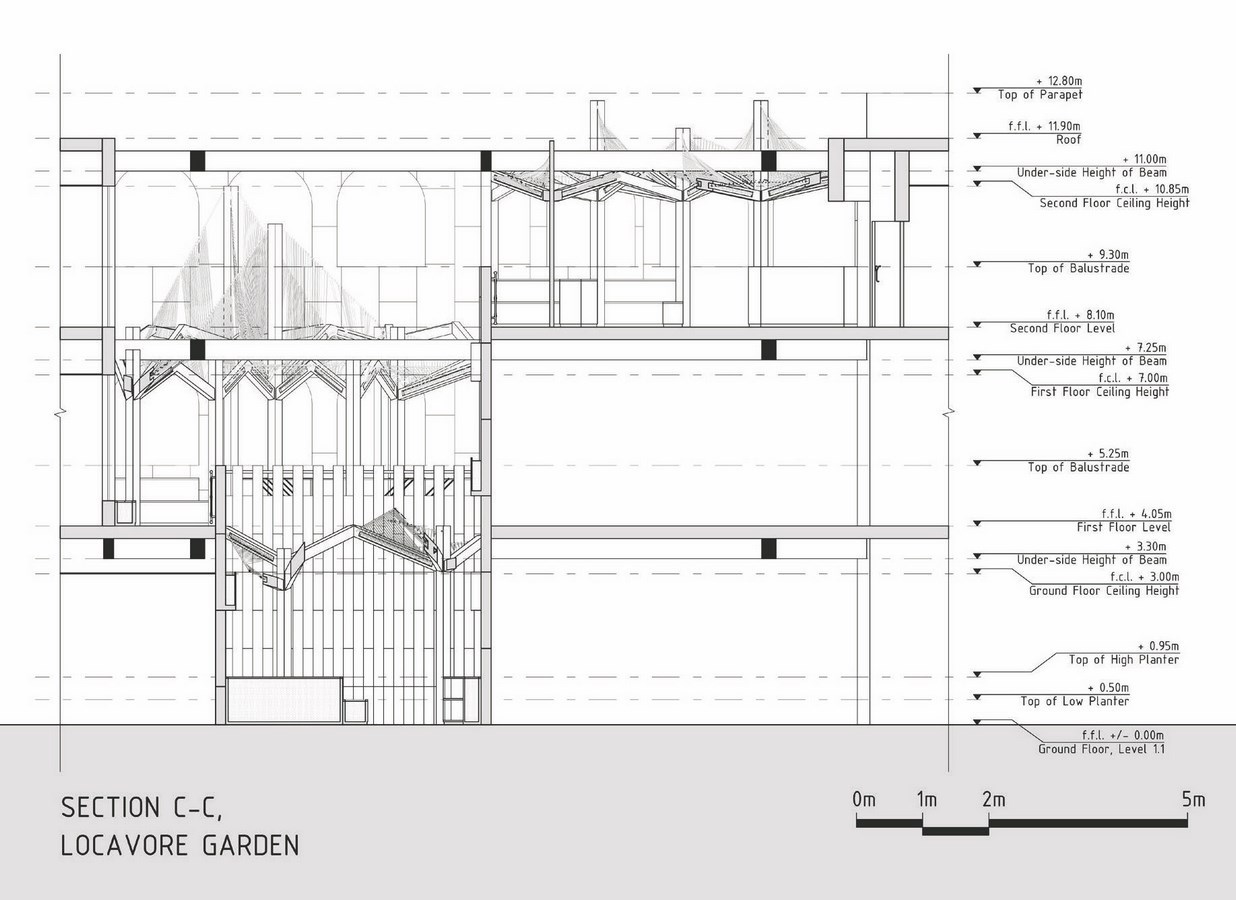The Biota Shrine is a physical embodiment of a contemporary and a more hands-on approach to environmental education in its local community, in the city of Abu Dhabi, U.A.E.
Designer: Mirza Khoyee
Lacation: Abu Dhabi, United Arab Emirates
Status: Concept (Thesis Project)
Research suggests that climate change caused by ignorant human actions is real, and is effecting the planet’s environment and biodiversity very negatively, destroying natural habitats and driving various species towards extinction.
The Biota Shrine seeks to address the symbiotic relationship between the current human condition and the natural world, by instilling environmental sensitive ideals within the community through informal experiences with natural concepts.
Its approach to awareness seeks to address the human condition’s innate longing for connecting to nature and feeling as part of the global ecology, to further understand our role in the rehabilitation of nature and natural habitats.

Research shows that alternate methods of educating communities, such as providing interactive and engaging environments to the public to create interesting learning experiences has resulted in increasing public concern about the rehabilitation of the environment. Adhering to such methods, the Biota Shrine seeks to (a) connect human beings to our natural roots, (b) reinterpret our perceptions of natural habitats, (c) highlight human being as integral part of the earth’s biota, and (d) juxtapose the urban environment with the natural habitat, the tree.


Symbiosis occurs in nature for different natural systems to exist side-by-side, resulting in a delicate yet complex balanced mega system.
Experimenting with the idea of interdependence, relationships between different levels by creating voids in the floor slabs in the interiors and playing with change in levels in outdoor spaces was studied. This results in visual connections between different spaces, representing a complex and connected symbiotic system.




The sculptural form of the botanic pavilions is based on the idea of a tree as a natural habitat for many species and presenting that to the urban context – a habitat in an outdoor environment as shelter and shade. The materiality of the pavilions is based on the local arish architecture of the region, allowing light to pass through the pavilions for the plantation and at the same time provide shade for the visitors.
The various types of functions and activities at the Biota Shrine cater to different aspects of human interaction with nature and natural habitats, from interactive and educational activities, to leisure and relaxation activities. The Biota Shrine houses (a) a visitor centre, (b) a locavore concept restaurant, (c) a local plant shop, (d) a horticulture and earthcrafts workshop, (e) a library, and (f) botanical gardens.



The term ‘locavore’ refers to a person who has taken up an environmentally conscious lifestyle by choosing to eat food that is sourced from no more than within a 100 mile radius of where they reside. The aim is to cut down on the emission of greenhouse gases occurring through the transportation of edible produce over long distances in the global food industry.


Applying this idea of a localized plant based food source, the Locavore restaurant has an outdoor garden space where a certain amount of the required green produce is grown. Applying the concept of symbiotic juxtaposition as explored through the overall scheme the garden space acts as both, a Front-of-House space and a Back-of-House space, allowing gardening and dining activities to occur side by side, to create a more naturalistic and educational experience.


This outdoor environment is housed withing the walls of the building and is a multi-leveled terrace typology. The outdoor dining seating arrangements are adjacent to planters and workstations to get immediate visual experience of the planting and harvesting process of edible greens. The expressive form of canopy structure is inspired by trees and a play on the filtering of sunlight through the leaves onto the ground.











MIRZA A. A. KHOYEE
After graduating in 2015, from Heriot-Watt University with a degree in B.A (Honours) Interior Design, Mirza has taken part in the delivery of a number of design projects across multiple industry sectors, working at both locally and internationally renowned offices such as Kinnersley Kent Design, Dubai and Gensler, Abu Dhabi.
As a designer, Mirza believes in contributing to the betterment of the human experience through design innovation. Drawing inspiration from nature, social experiences and observing user needs and behaviour, Mirza’s approach involves intense conceptual research and functional analysis, resulting as the final tangible design.
Currently, Mirza devotes his professional time at Woods Bagot, Dubai, United Arab Emirates. He is an integral part of a design team specializing in hospitality design.





